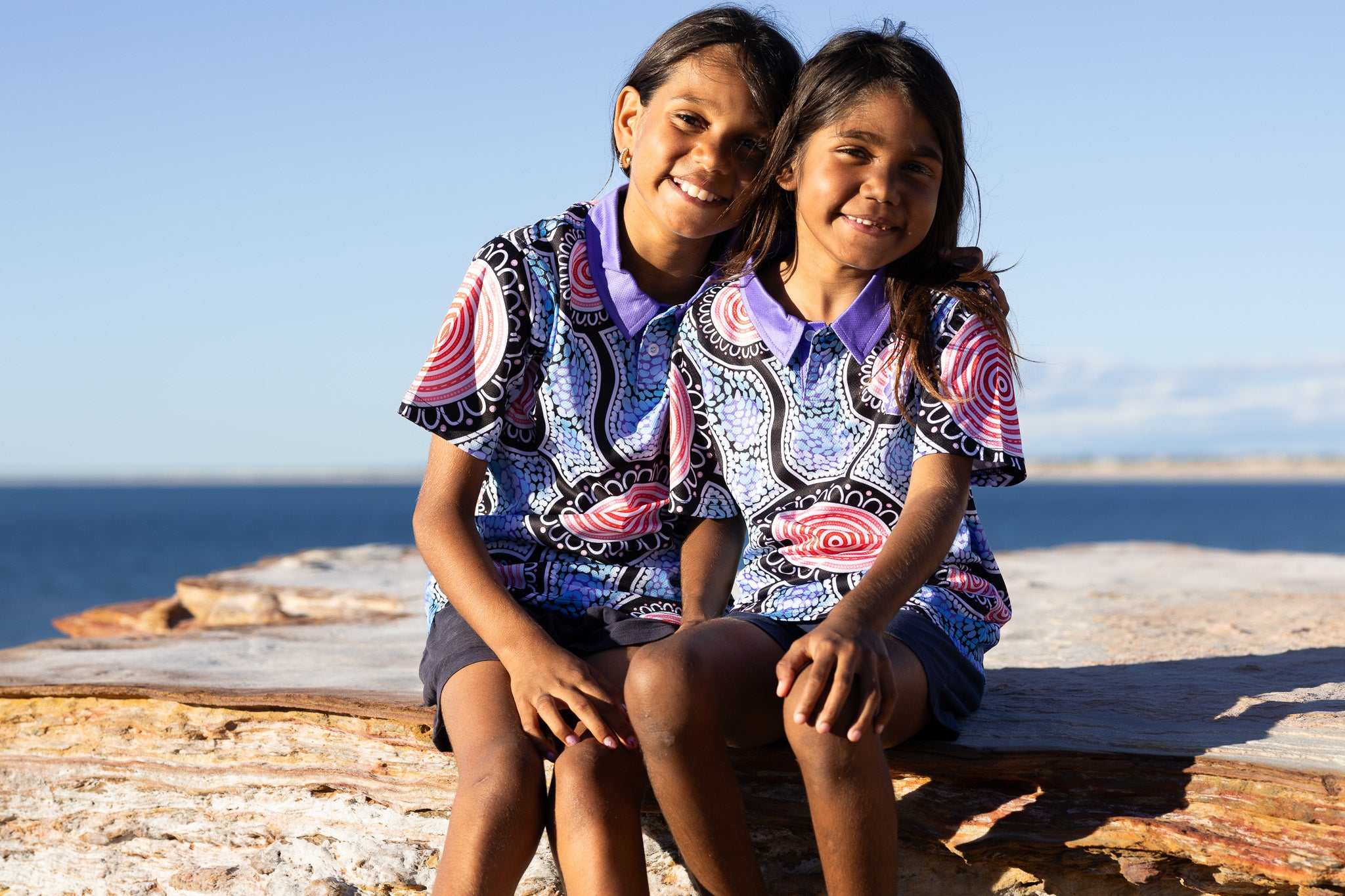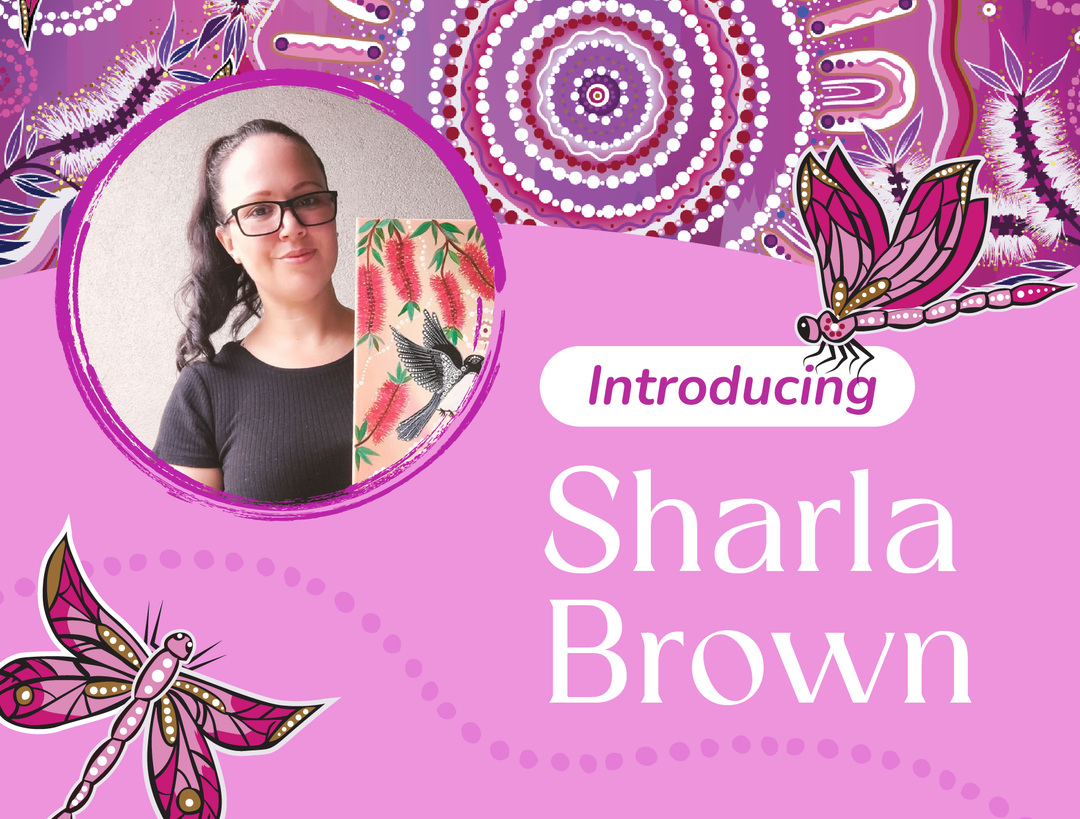Smoking ceremonies have been an integral part of Aboriginal culture for millennia, weaving together the spiritual, physical, and social threads of Indigenous Australian life. These ancient rituals, still practised today, hold a deep significance that goes beyond the visible act of burning native plants. They are a powerful means of cleansing, healing, and connecting with the land, the spirits, and the community.
At the core of every smoking ceremony is the use of smoke, born from the smouldering of carefully chosen native plants. This smoke is believed to possess both spiritual and physical cleansing properties, capable of warding off negative energies, purifying people and spaces, and promoting the overall well-being of the community. The selection of plants is a thoughtful process, often guided by their medicinal qualities. For instance, the leaves of the emu bush have been found to have antimicrobial properties when heated, showcasing the wisdom of traditional plant knowledge.
While the practice of smoking ceremonies may vary across different Aboriginal groups, the essence remains the same. In some traditions, an elder or younger community member might carry a wooden dish filled with coals and wet leaves, enveloping the gathered people in the cleansing smoke. In others, participants might walk through a designated smoking area or gather around a ceremonial fire. The way the fire is lit and the choice of materials hold great significance, with specific leaves or bark selected for their ceremonial purposes.
Smoking ceremonies mark key moments in the journey of life, from the birth of a child to initiation rites and beyond. When a baby is born, the smoke welcomes them into the community and offers protection for both the child and mother. During initiation ceremonies, such as circumcision in some Central Australian groups, the smoke serves to cleanse and spiritually prepare the individual for their new role. Here, the smoke takes on a practical role as well, helping to sterilise surgical tools.
Smoking ceremonies have found a place in public events and Welcome to Country ceremonies, bridging the gap between ancient traditions and contemporary Australia. These public ceremonies offer a chance for cultural sharing and reconciliation, inviting the wider community to engage with the spiritual life of Indigenous Australians. For the Gundungurra people, smoking ceremonies also serve as a means of communication when entering or leaving a particular territory, highlighting the multifaceted nature of these rituals.
At their heart, smoking ceremonies are a profound expression of Aboriginal spirituality, deeply connected to the natural world and the social fabric of Indigenous communities. They embody a holistic approach to health, well-being, and community that has stood the test of time. As these ceremonies continue to be practised and shared, they serve as a powerful testament to the resilience and richness of Aboriginal culture, offering a glimpse into a world where the physical and the spiritual are inextricably linked.
























